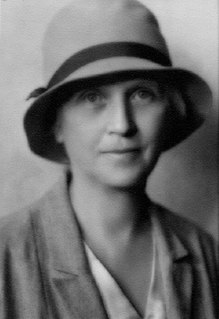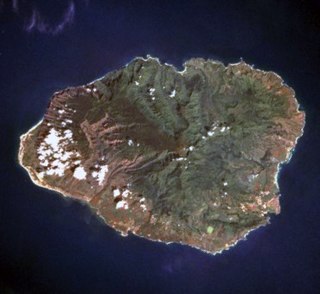
The Polynesian narrative or Polynesian mythology encompasses the oral traditions of the people of Polynesia, a grouping of Central and South Pacific Ocean island archipelagos in the Polynesian Triangle together with the scattered cultures known as the Polynesian outliers. Polynesians speak languages that descend from a language reconstructed as Proto-Polynesian that was probably spoken in the Tonga - Samoa area around 1000 BC.

Menehune are a mythological dwarf people in Hawaiian tradition who live in the deep forests and hidden valleys of the Hawaiian Islands, hidden and far away from human settlements.
In Māori mythology the Nuku-mai-tore are forest-dwelling spirits. Tura joins Whiro's canoe party, but when it enters a whirlpool he catches the overhanging boughs of a tree and lives among the Nuku-mai-tore, to whom he teaches the use of fire, the art of cooking, and the natural way of childbirth together with the ceremonies attending to the birth of a child.
In Polynesian mythology, Atonga is a culture hero, half-mortal and half-spirit. He invented canoes and the songs traditionally sung by the rowers. He taught birds their songs.
In the traditions of ancient Hawaiʻi, Kanaloa is a god symbolized by the squid or by the octopus, and is typically associated with Kāne. It is also the name of an extinct volcano in Hawaiʻi.

In Hawaiian mythology, Laka is the name of two different popular heroes from Polynesian mythology.. Lengthy legends of their exploits extend throughout the islands, and the kings of Tahiti and Hawaiʻi claimed them as their ancestors.
In Hawaiian mythology, kapuku or kupaku is the magic of reincarnation. The former word means "to restore life" in Hawaiian while the later means "to recover from a nearly fatal illness."
In Hawaiian mythology, Nāmaka appears as a sea goddess or a water spirit in the Pele cycle. She is an older sister of Pele-honua-mea.
In the mythology of the Tuamotu archipelago, Kiho-tumu represents the supreme god.
In the Polynesian mythology of the Tuamotu archipelago in the South Pacific, Puna is the king of Hiti-marama or of Vavau, depending on the story.
Pili-kaʻaiea was Aliʻi Nui of Hawaiʻi. He was a sovereign king or chief, who deposed the indigenous chief, Kapawa.
In Hawaiian mythology, the Nawao are a legendary people, a wild, large-sized hunting people, descended from Lua-nu'u. Other sources suggest that the Nawao were present in Hawaii before the Menehune who are thought to have driven them out or destroyed them. However, folklorist Katherine Luomala believes that the legends of the Menehune and similar creatures are a post-European contact mythology.
In Tuamotu mythology, Vahieroa marries Matamata-taua or Tahiti-to'erau, and on the night of the birth of their son, the great Tuamotuan hero, Rata, the parents go fishing and are snatched away by the demon bird belonging to Puna, king of Hiti-marama, "an island north of Pitcairn and Elizabeth but long since swallowed in the sea."
In Samoan legend, the mythological figure Ti'iti'i appears in legends very similar to those recounting the tales of the demigod Māui, found in other island cultures. In one such legend, which is almost identical to the New Zealand fire myth of Māui, he succeeds in bringing fire to the people of Samoa after a battle with the earthquake god, Mafui'e. During the battle, Ti'iti'i breaks off one of Mafui'e's arms, forcing him to agree to teach him of how fire had been concealed by the gods in certain trees during the making of the world. The people of Samoa were thankful to Ti'iti'i for breaking off Mafui'e's arm, as they believed that he was less able to create large earthquakes as a result.
In Tuamotu mythology, Vahi-vero is the son of the demigod Kui and a goblin woman named Rima-roa.
In Tahitian mythology, Vahieroa is a son of Tafa'i and his wife Hina, and is born at his father's house in the Tapahi hills of Mahina in north Tahiti. He weds Maemae-a-rohi, sister of the ruling chief Tumu-nui.

Martha Warren Beckwith was an American folklorist and ethnographer, appointed to the first chair in Folklore established in the U.S. She was born in Wellesley Heights, Massachusetts.

In Hawaiian mythology, Kū or Kūkaʻilimoku is one of the four great gods. The other three are Kanaloa, Kāne, and Lono. Feathered god images or ʻaumakua hulu manu are considered to represent Kū. Kū is worshipped under many names, including Kū-ka-ili-moku, the "Snatcher of Land". Kūkaʻilimoku rituals included human sacrifice, which was not part of the worship of other gods.
In Hawaiian mythology, Nuakea is a beneficent goddess of milk and lactation.






